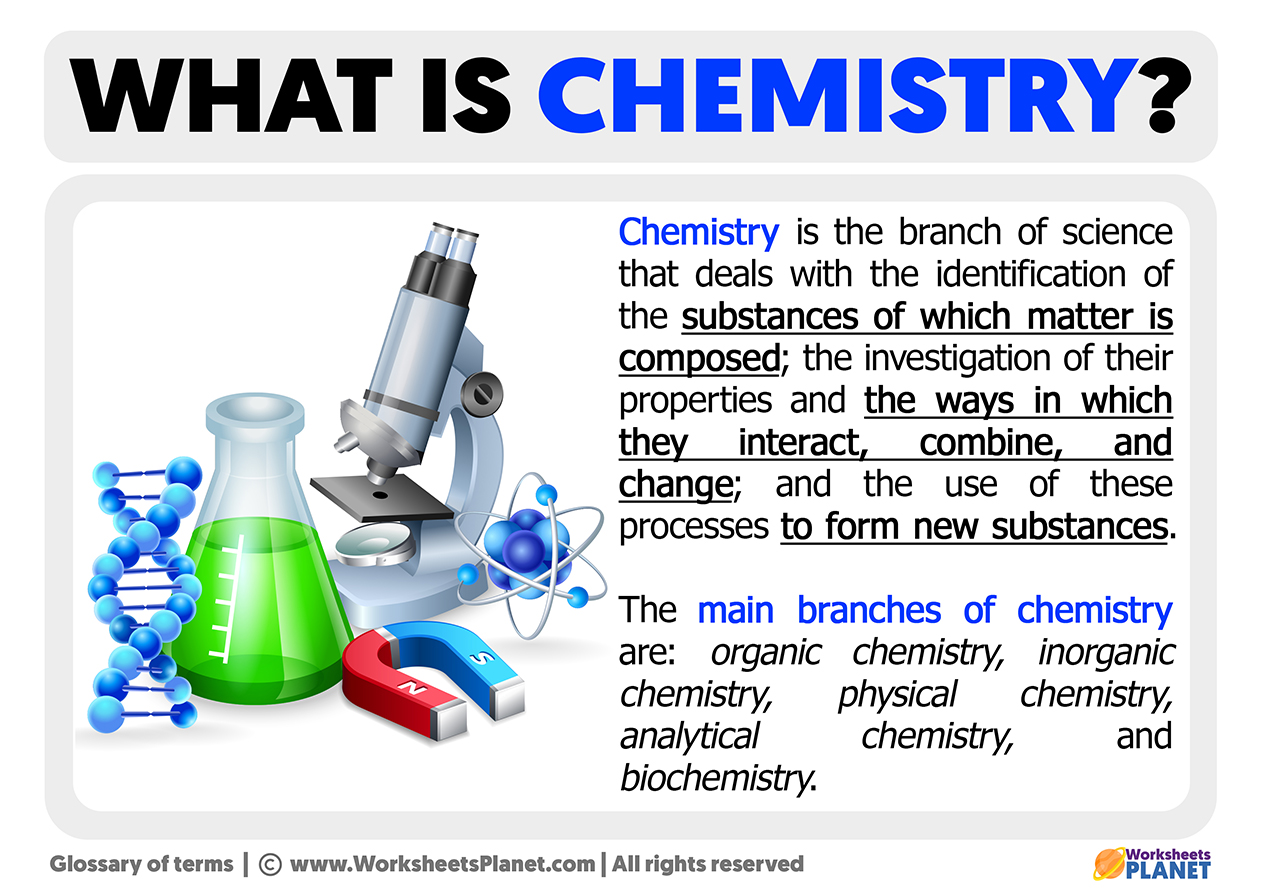Chemistry and computers may initially appear to be two distinct fields; however, their intersection is increasingly pivotal in numerous scientific and technological advancements. This article endeavors to unravel the intricate relationship between chemistry and computers, exploring how computational methods enhance chemical research, design, and education. By delving into various facets, readers will gain a comprehensive understanding of the synergy between chemistry and computer science.
1. Computation in Computational Chemistry
The domain of computational chemistry envelops the use of computer simulations and models to analyze and predict chemical phenomena. This section highlights several key methodologies within computational chemistry.
1.1 Quantum Mechanics and Molecular Modeling
At the heart of computational chemistry lies quantum mechanics, which governs the behavior of molecular systems. Chemists employ quantum mechanical models to predict molecular structures, energy states, and reaction pathways. Ab initio methods, such as Hartree-Fock and density functional theory (DFT), leverage computational power to elucidate electronic properties with remarkable precision.
1.2 Molecular Dynamics Simulations
Molecular dynamics (MD) simulations enable scientists to study the temporal evolution of molecular systems. By utilizing classical mechanics principles and computational algorithms, MD simulations provide insights into the dynamic behavior of molecules, facilitating the examination of protein folding, drug interactions, and reaction kinetics.
1.3 Chemoinformatics and Data Mining
Chemoinformatics, the application of computer and informational techniques to manage chemical data, plays a crucial role in modern chemistry. Data mining algorithms aid in the extraction of significant chemical information from extensive databases. This intersection fosters the development of predictive models for molecular properties and biological activities, streamlining the drug discovery process.
2. Applications in Material Science
The collaboration between chemistry and computers extends into material science, where computational methods drive innovations in the development of novel materials. Here, we explore several applications.
2.1 Design of Functional Materials
Computational techniques enable the design of materials with tailored properties, essential for applications such as semiconductors and catalysts. By predicting material behaviors under various conditions, researchers can optimize compositions and structures for specific functionalities.
2.2 Nanomaterials
The burgeoning field of nanotechnology relies heavily on computational chemistry. Simulation software allows for the exploration of nanoscale interactions, providing valuable insights into the mechanical, electrical, and thermal properties of nanomaterials. This facilitation accelerates the advancement of applications in electronics, medicine, and energy storage.
2.3 Characterization of Porous Materials
Computational tools are instrumental in characterizing porous materials, such as metal-organic frameworks (MOFs). Techniques like molecular modeling and simulation elucidate the gas adsorption properties of these materials, which are pivotal for separations, storage, and catalysis.
3. Drug Discovery and Molecular Design
In the realm of pharmaceuticals, the merger of chemistry and computational methods has revolutionized the drug discovery landscape. The following points illustrate this profound impact.
3.1 Structure-Based Drug Design
Structure-based drug design capitalizes on the three-dimensional structures of target proteins. Computer-aided design techniques enable researchers to model the interactions between drug candidates and target sites, thus enhancing the efficacy and specificity of therapeutic agents.
3.2 Virtual Screening
Virtual screening methodologies accelerate the identification of potential drug candidates from extensive libraries of compounds. By employing molecular docking simulations coupled with scoring functions, researchers can efficiently analyze the affinity of numerous compounds towards specific biological targets, significantly expediting the lead optimization phase.
4. Educational Technology in Chemistry
As the digital age progresses, the fusion of chemistry education and computing technologies fosters innovative learning environments. Consider the following advancements:
4.1 Interactive Simulations and Virtual Labs
Interactive simulations offer students an immersive experience by visualizing chemical processes that are often challenging to comprehend in traditional settings. Virtual laboratories allow learners to engage in experiments safely, developing critical thinking and practical skills without the constraints of physical facilities.
4.2 Online Resources and Collaborative Platforms
The availability of online databases and collaborative platforms enhances access to chemical literature and data. Such resources promote a culture of collaboration, enabling students and researchers alike to share findings effortlessly and foster interdisciplinary research.
5. Future Prospects and Challenges
As technology advances, the future of chemistry intertwined with computers appears promising. However, several challenges must be addressed to fully harness this potential.
5.1 Ethical and Regulatory Considerations
The integration of computational techniques in chemical research raises ethical questions regarding data privacy, intellectual property, and the implications of AI-generated findings. Establishing robust regulatory frameworks will be essential to navigate these complexities responsibly.
5.2 Computational Limitations
Despite significant advances, computational methods are not without limitations; the accuracy of predictions often hinges on the quality of input data and existing models. Continuous refinement of algorithms and the incorporation of machine learning advancements is necessary to overcome these challenges.
In conclusion, the intersection of chemistry and computers is a burgeoning frontier that underpins numerous scientific and technological advancements. By embracing computational methodologies, chemists can unlock new realms of understanding, facilitating innovations in material science, drug discovery, and education. The future, with its promise of enhanced analytical capabilities and collaborative exploration, hinges on the productive synergy of these two dynamic fields.












